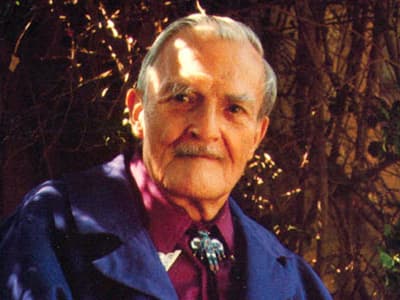Conversational hypnosis is a subtle approach to hypnotizing another individual without informing the subject that he/she is being hypnotized. It's also sometimes called covert hypnosis or conversational hypnosis. Covert and conversational hypnosis are often confused and referred to interchangeably, but they are not the same. Conversational hypnotherapy doesn't require the subject's awareness that he/she is being hypnotized and will only hypnotize them by carefully manipulating their emotions and behaviors. The person being hypnotized is only unaware of the hypnosis process. This type of hypnosis can be effective in treating a variety of phobias and addictions such as smoking, weight loss, alcohol addiction, gambling, and much more.
Showing all 93 results





























































































In the past, this type of hypnotism was performed by professional hypnotists known as clinical hypnotherapists. During those times, they would use a recording of a person's voice, which they secretly implanted within his/her ear, to program the unconscious mind. They would then begin a normal conversation with the person while using suggestive language and gestures. It was during the times when these covert hypnotic techniques were being used that people were able to overcome their fears and get over their addictions. However, it is quite possible to hypnotize yourself by just chatting with your friends casually. You may even use this to help you deal with your daily stresses and worries.
How does conversational hypnosis work? It all begins with having a regular conversation with someone who you would like to hypnotize. The person you are conversing with should have a relaxed frame of mind and relaxed body language. If you want to start the therapy, first establish some ground rules such as saying please and thank you when your friend says something nice to you. Allow your friend to build up the momentum of the conversation by adding in positive statements, giving your friend feedback when he/she is successful and expressing your appreciation for his/her previous suggestion.
When you are conversing with your friend, use covert conversational hypnosis to bring out the best in him/her. Do not be pushy, since this will only put you in a defensive mode. Just use your powers of observation to detect some personality traits from your friend. Once you detect these traits, then you can share your discoveries with your friend. This will make your friend feel special and he/she will likely open up to you regarding his/her inner thoughts and desires. With this, both of you will gain information that can help you reach your goals.
Another way to hypnotize another person is through the use of a paternal style of hypnotism. This is highly directive hypnotism where the hypnotist establishes a paternal relationship with his patient. The hypnotist makes use of words and phrases such as "I love you" and "I am proud of you". It is done in a highly directive manner where the hypnotist directs the words towards the listener and emphasizes the importance of the words. However, this should never be done too forcefully. You may be able to achieve some success using this technique if you have a good rapport with your patient.
A highly directive conversational hypnosis technique is where the hypnotist continuously directs the words to the patient using strong language. The patient will go into a trance and may not be aware of what is happening around him. If this happens, you can use this technique by re-directing the unconscious mind toward the soothing subject matter. When the unconscious mind is led to the subject matter that it favors, it will easily accept and forget the hypnosis.
Lastly, there are two types of conversational hypnosis rapport that you can use. The first is where you create rapport by engaging in subtle verbal and non-verbal hints while coming at the unconscious with an offer. The other is where you utilize the use of nominalizations. Nounalizations are very effective in creating rapport because they take the emphasis off of the words while speaking and put it on the person you are trying to influence.
These are just three types of conversational hypnosis techniques that you can practice when working with a patient. As you master these skills, you will start to be able to influence others without them even knowing it. With enough practice, you will find yourself developing a rapport with any person that you come into contact with.
Explore audio program categories utilizing the best techniques in neuro-linguistic programming, Ericksonian hypnosis, brainwave frequencies, and guided visualization.










